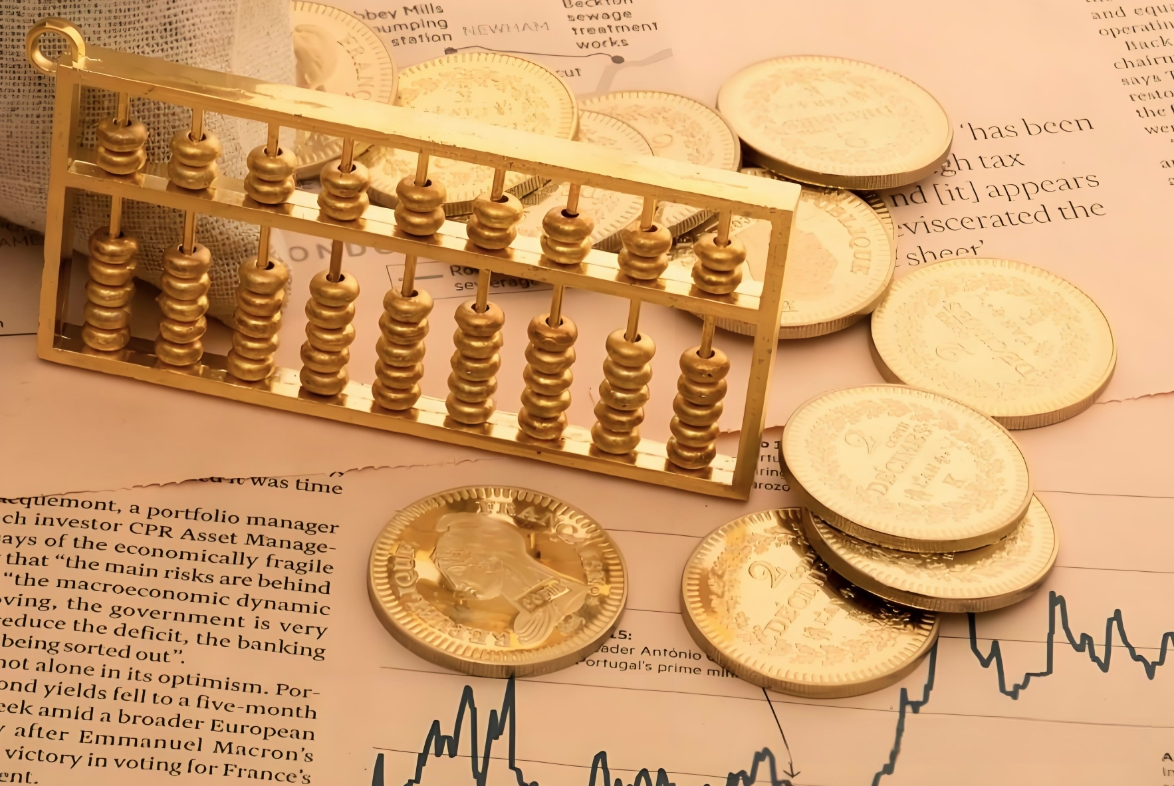In the West, there is a discipline known as Neuro-Linguistic Programming (NLP)—a field focused on the science of optimizing the use of the human mind. Every individual shares the same basic nervous system; if you aim to achieve a specific goal, you can attain the same result by utilizing your brain in the same way as someone who has already succeeded. For instance, if Person A wants to excel at mathematical calculations, they must adopt a proven method for doing so. This logic also applies to trading: by first learning the trading approaches of successful traders and emulating their behaviors in the market, you are highly likely to achieve favorable trading outcomes. The renowned Turtle Trading Rules are a practical embodiment of this philosophy—by rigorously mimicking top traders, one can transform their trading systems into their own competitive advantages.
To become a successful trader, you must follow these key steps.
Step 1: Identify a stable trading model that fits you First, seek out traders with a track record of relative stability in the market, then select a trading model that aligns with your own style and goals.
Step 2: Conduct repeated testing and validation Once you have a model, you need to test it repeatedly in real-market scenarios. A critical note: testing must span a sufficient timeframe—at least 3 months, or even longer. No trading system is flawless; all systems will experience both profits and losses. Only over a defined cycle can you truly verify the effectiveness of a system.
Many traders, however, hastily dismiss a system’s validity at the initial testing stage simply because they encounter losing trades. They then rush to search for new models, leading to a cycle where they become familiar with countless trading systems but master none. These individuals often become “seasoned but unprofitable market veterans”: they spout more theories than anyone else, look down on one system after another, and ultimately derail their own trading careers. Maintaining humility in trading is crucial.
After identifying and validating a model, use data analysis to continuously refine the approach—ensuring the trading model becomes increasingly tailored to you.
Step 3: Data analysis Following a period of testing, conduct a detailed, objective analysis of your trading data. Key metrics to evaluate include:
- The accuracy rate of your trading model
- Maximum profit and maximum loss
- Average monthly return and annualized return
- Areas that require improvement
Step 4: The refinement process When addressing flaws in the trading model, avoid using single-trade losses as the sole target for refinement. Refinement does not mean converting all losing trades into profitable ones. Here’s why:
- A losing trade executed strictly in line with the trading system is still a “correct” trade.
- A profitable trade that deviates from the trading system is still an “incorrect” trade.
The true goal of refinement is to reduce subjective human interference, make trading simpler and more mechanical, optimize the risk-reward ratio, and ultimately make the trading experience more enjoyable and stress-free.
Step 5: Finalize your trading model After repeated testing, data analysis, and method refinement, you can finally confirm your own trading model. The prerequisite for finalization is that the model can deliver relatively stable profits.
In the end, the journey of trading is essentially a pursuit of self-discipline and self-awareness management. In the process of seeking and refining a trading system, we are not only improving our technical skills but also reshaping how we understand the market and our attitude toward it. Without an open, perceptive perspective to evaluate both the market and ourselves, the path of trading will be filled with unnecessary detours and hardships.
【In the event of any inconsistency between the English and Chinese versions, the Chinese version will prevail.】



